Therapeutic massage represents a gentle yet powerful intervention for enhancing the comfort, mobility, and overall well-being of aging Golden Retrievers. As these beloved companions transition into their senior years, they often face age-related challenges such as arthritis, muscle stiffness, reduced circulation, and increased anxiety. Canine massage, when applied correctly, offers a holistic approach to addressing these issues, providing both physiological relief and psychological benefits that significantly improve quality of life. Understanding basic massage techniques and knowing how to integrate them into a daily routine allows owners to become active participants in their senior dog’s comfort management.
The importance of therapeutic massage for senior Golden Retrievers extends beyond simple pampering. It serves as a crucial component of a comprehensive wellness plan, complementing veterinary care, dietary adjustments, and appropriate exercise. Regular massage sessions can help reduce pain, improve circulation, maintain muscle tone, increase flexibility, and foster a deeper bond between dog and owner. For a breed known for its gentle nature and strong family ties, the tactile connection provided by massage offers invaluable emotional support during a period of life marked by physical changes.
Many owners mistakenly believe that massage is a luxury or requires extensive professional training. However, foundational massage techniques can be learned and safely applied at home, providing immediate relief and long-term benefits. The key lies in understanding the physiological and psychological impacts of aging on Golden Retrievers, recognizing when massage is beneficial, and approaching each session with patience, observation, and a focus on the dog’s comfort. This guide will provide practical techniques and essential precautions to empower owners in providing effective therapeutic massage for their senior Golden Retrievers.
Understanding Canine Massage Fundamentals
Physiological Benefits of Therapeutic Massage
Therapeutic massage impacts multiple body systems, offering a wide range of physiological benefits particularly valuable for senior Golden Retrievers.
Improved Circulation: Gentle massage strokes increase blood flow to muscles and tissues, enhancing the delivery of oxygen and nutrients while facilitating the removal of metabolic waste products. This improved circulation can reduce swelling and promote healing.
Muscle Relaxation and Pain Reduction: Massage helps release tension in tight muscles, alleviates spasms, and can reduce the perception of pain by stimulating nerve endings that compete with pain signals. It promotes the release of endorphins, natural pain relievers.
Increased Flexibility and Range of Motion: By warming up tissues and reducing muscle stiffness, massage can help improve joint flexibility and maintain the full range of motion in aging limbs, making daily movements easier and less painful.
Waste Removal: The lymphatic system, responsible for removing waste products and toxins, can be stimulated by massage, aiding in detoxification and reducing fluid retention in swollen areas.
Nervous System Modulation: Massage can stimulate the parasympathetic nervous system, promoting a state of relaxation and reducing the “fight or flight” response often heightened by chronic pain or anxiety in senior dogs.
Psychological Benefits and Bonding
Beyond the physical, therapeutic massage offers profound psychological and emotional advantages for senior Golden Retrievers.
Stress and Anxiety Reduction: The gentle, rhythmic touch of massage can be incredibly calming, reducing stress and anxiety. This is especially beneficial for senior dogs who may experience heightened anxiety due to sensory decline or cognitive changes.
Enhanced Bonding: Regular massage sessions create a dedicated time for positive, calm interaction, strengthening the emotional bond between dog and owner. This shared experience fosters trust and affection.
Increased Body Awareness: For dogs with reduced mobility or sensory input, massage can enhance body awareness, helping them reconnect with their physical self and potentially improving proprioception.
Quality of Life Improvement: By reducing discomfort and promoting relaxation, massage contributes significantly to an arthritic Golden Retriever’s overall happiness and willingness to engage in daily activities.
Recognizing When Massage is Beneficial
Signs Your Senior Golden Retriever Could Benefit
Observing your Golden Retriever’s behavior and physical condition can indicate when therapeutic massage would be most beneficial.
- Stiffness or Reluctance to Move: If your dog is slow to rise, hesitant on stairs, or reluctant to jump, it suggests joint or muscle stiffness that massage could alleviate.
- Pain Signals: Subtle signs of pain, such as panting at rest, guarding a limb, or vocalizing during movement, indicate areas that might benefit from gentle massage (after veterinary consultation).
- Anxiety or Restlessness: Dogs pacing, unable to settle, or showing increased clinginess might be experiencing discomfort or stress that massage can soothe.
- Muscle Atrophy or Weakness: Massage can help stimulate circulation in atrophied muscles and support tone in weakened limbs.
- Post-Surgical Recovery (Vet-Approved): After surgery, gentle massage around the surgical site (once healed) and surrounding muscles can aid recovery, reduce swelling, and improve circulation.
- Changes in Coat or Skin: Massage can improve circulation to the skin, promoting a healthier coat and addressing issues like dryness or flakiness.
When to Exercise Caution or Avoid Massage
While generally safe, there are specific situations where massage should be approached with caution or avoided entirely.
- Acute Injuries or Trauma: Do not massage over fresh wounds, fractures, or areas of acute inflammation without veterinary clearance.
- Fever or Illness: Avoid massage if your dog has a fever, is unwell, or has an active infection, as it can potentially spread infection or exacerbate illness.
- Skin Conditions: Avoid massaging over areas of active skin infection, hot spots, or open sores.
- Tumors or Lumps: Never massage directly over unexplained lumps or tumors, as this could potentially spread certain types of cancer. Always have new lumps checked by a veterinarian.
- Organ Dysfunction: For dogs with severe heart disease or kidney failure, consult your veterinarian before performing massage, as it can affect circulation and fluid dynamics.
- Discomfort or Aggression: If your dog shows any signs of discomfort, fear, or aggression during massage, stop immediately. Respect their boundaries.
Basic Massage Techniques for Senior Golden Retrievers
When performing massage, always use gentle, deliberate strokes. Focus on the dog’s comfort and respond immediately to any signs of pain or resistance. Start slowly and gradually increase duration and intensity as your dog becomes more accustomed to the touch.
1. Effleurage (Long, Stroking Movements)
This is the foundational technique, used for warming up tissues and spreading any oils or balms.
- Technique: Use the flat of your hand or fingers to apply long, gliding strokes in the direction of hair growth, or towards the heart to encourage lymphatic drainage. Maintain constant contact.
- Pressure: Light to moderate pressure, enough to move the skin without pinching or pulling.
- Benefits: Prepares the muscles for deeper work, promotes relaxation, improves circulation, and distributes natural oils.
- Application: Ideal for starting and ending a massage session, and for covering large areas like the back, sides, and legs.
2. Petrissage (Kneading Movements)
Petrissage involves gentle squeezing and rolling of the muscles, designed to loosen tight tissues and improve circulation deeper within the muscle fibers.
- Technique: Use your thumb and fingers to gently lift, squeeze, and roll the muscle tissue. Avoid pinching the skin.
- Pressure: Moderate pressure, adapting to your dog’s comfort level.
- Benefits: Relieves muscle spasms, breaks down adhesions, improves circulation, and increases muscle flexibility.
- Application: Effective for large muscle groups such as those in the shoulders, thighs, and along the back (avoiding direct pressure on the spine).
3. Friction (Small, Circular Movements)
Friction is a more localized technique used to target specific areas of tension or adhesions.
- Technique: Use your thumb or fingertips to make small, deep circular movements over a specific point of tension.
- Pressure: Deeper, but still within your dog’s comfort zone. The goal is to feel the underlying tissue move, not to slide over the skin.
- Benefits: Releases deep muscle knots, reduces scar tissue, and targets specific points of pain or stiffness.
- Application: Best for specific trigger points or areas of chronic tension, such as tight spots in the shoulders or hips.
4. Tapotement (Light Tapping)
This technique involves light, rhythmic tapping or patting. Use with extreme caution on senior dogs, and only if they are comfortable.
- Technique: Use cupped hands or fingertips to lightly tap or pat the muscle.
- Pressure: Very light and rhythmic.
- Benefits: Stimulates nerve endings, can invigorate muscles.
- Application: Generally limited to large, well-muscled areas and used briefly, if at all, for senior dogs who might be startled by it. It is often omitted from senior massage routines.
5. Vibration (Gentle Shaking)
Vibration is a calming technique that can help relax muscles and reduce tension.
- Technique: Place your open hand flat on a muscle group and gently shake your hand, creating a subtle vibration through the tissue.
- Pressure: Very light.
- Benefits: Muscle relaxation, nervous system calming.
- Application: Useful for large muscle groups in the shoulders, back, and hips, particularly for anxious dogs or those with general muscle soreness.
Step-by-Step Massage Routine for Senior Golden Retrievers
Always begin in a calm environment, with your dog relaxed. Use a soft, non-slip surface for them to lie on. Ensure your hands are clean and warm.
1. Preparation and Warm-Up (5 minutes)
- Environment: Choose a quiet, warm, and comfortable space. Lay out an orthopedic bed or soft blanket.
- Dog’s Position: Allow your Golden Retriever to lie down in a natural, comfortable position. If they can lie on their side, that’s ideal for accessing limbs.
- Initial Touch: Start with gentle, reassuring strokes over their whole body (effleurage) to warm up tissues and help them relax. Speak in a calm, soothing voice. Observe their body language for acceptance.
- Oils/Balms: If using a therapeutic oil or balm (ensure it’s dog-safe and approved by your vet), apply a small amount to your hands and warm it before applying to the coat.
2. Head and Neck Massage (3-5 minutes)
- Head: Use fingertips to gently massage the scalp, avoiding the eyes and nose. Lightly stroke behind the ears.
- Neck: Move to the neck, using gentle effleurage strokes down towards the shoulders. Follow with light petrissage (kneading) of the muscles on either side of the spine, avoiding direct pressure on the vertebrae.
- Benefits: Relieves tension from leash pulling or holding the head in certain positions, promotes relaxation, and improves circulation to the head.
3. Shoulders and Front Legs (5-7 minutes per side)
- Shoulders: This is a common area for tension. Use petrissage to gently knead the large muscles around the shoulder blades. Follow with friction over any palpable knots.
- Upper Legs: Extend effleurage down the front legs, then use petrissage on the bicep and tricep muscles.
- Elbows: Gently circle around the elbow joint, being careful not to apply direct pressure to the joint itself if arthritic.
- Benefits: Addresses stiffness common in front limbs, often exacerbated by compensating for rear-end weakness.
4. Back and Spine (5-7 minutes)
- General Back: Use broad effleurage strokes along the length of the back, avoiding direct pressure on the spine itself. Focus on the muscles alongside the vertebrae.
- Lumbar Area: Gently knead the muscles in the lower back (lumbar region) using petrissage. This area often holds tension due to hip and rear leg issues.
- Benefits: Relieves general back tension, which can contribute to overall stiffness and pain, especially when arthritis is present in hips.
5. Hips and Rear Legs (7-10 minutes per side)
- Hips: This is a critical area for Golden Retrievers prone to hip dysplasia and arthritis. Use gentle petrissage on the large muscles of the hip and glutes. Apply light friction around the hip joint if your dog tolerates it, always observing for pain.
- Upper Thighs: Continue with petrissage and effleurage down the large muscles of the thigh (quadriceps and hamstrings).
- Knees (Stifles): Gently circle around the knee joint.
- Lower Legs: Use lighter effleurage strokes down to the hocks.
- Benefits: Crucial for improving mobility in arthritic hips and knees, building strength in supporting muscles, and reducing pain in a high-impact area.
6. Paws and Toes (2-3 minutes per paw)
- Pads: Gently squeeze and rub the paw pads, which can become dry or cracked.
- Toes: Gently manipulate each toe individually, as stiffness in the toes can impact gait.
- Webbing: Lightly massage the webbing between the toes.
- Benefits: Improves circulation, detects hidden injuries or foreign objects, and enhances proprioception.
7. Abdomen and Chest (3-5 minutes)
- Abdomen: Use very light, gentle effleurage strokes in a circular, clockwise motion over the abdomen. Avoid deep pressure.
- Chest: Use effleurage and gentle petrissage on the chest muscles, which can become tight, affecting breathing and posture.
- Benefits: Aids digestion, promotes relaxation, and can improve breathing capacity by releasing chest wall tension.
8. Cool-Down and Relaxation (2 minutes)
- Finish the session with light, soothing effleurage strokes over the entire body, similar to the warm-up.
- Allow your Golden Retriever to rest quietly. Offer praise and a small, healthy treat.
Adapting Massage for Specific Senior Needs
Arthritis and Joint Pain
- Focus on Warm-Up: Start with longer effleurage strokes to warm up tissues before any deeper work.
- Gentle Pressure: Always use lighter pressure than you might for a younger dog. The goal is to soothe, not deep tissue work.
- Avoid Direct Joint Pressure: Never massage directly on a painful, swollen, or inflamed joint. Work the muscles around the joint to improve circulation and reduce guarding.
- Heat Integration: Combine massage with heat therapy (e.g., warm compress beforehand) to enhance muscle relaxation and pain relief.
Anxiety and Stress
- Calming Strokes: Emphasize long, slow, rhythmic effleurage strokes over the back, neck, and chest.
- Vibration Technique: Gentle vibration over large muscle groups can be very calming.
- Consistent Routine: Perform massage at consistent times in a quiet environment to build a predictable, reassuring ritual.
- Duration: Longer, more frequent sessions (15-20 minutes) can be more effective for chronic anxiety.
Mobility Issues and Muscle Atrophy
- Supported Positioning: Ensure your dog is comfortably supported throughout the massage, using pillows or blankets to prop up limbs if needed.
- Focus on Atrophied Areas: Gently work muscles showing atrophy (e.g., rear legs) to improve circulation and prevent further loss.
- Passive Range of Motion: Gently incorporate passive range of motion exercises for limbs with limited mobility, if approved by your vet.
- Tactile Stimulation: For dogs with reduced proprioception, the tactile input from massage can be beneficial for body awareness.
Post-Surgical Recovery (Vet-Approved)
- Scar Tissue Management: Once the incision is fully healed and dry, very gentle friction techniques around the scar can help prevent adhesions (always with vet approval).
- Surrounding Muscles: Focus massage on muscles that may be compensating or have atrophied due to disuse or the surgery itself.
- Swelling Reduction: Gentle effleurage strokes away from the surgical site can help reduce residual swelling.
- Strict Veterinary Guidance: Always follow your veterinarian’s specific post-surgical massage recommendations.
| Condition | Massage Focus Areas | Recommended Techniques | Key Precautions |
|---|---|---|---|
| Arthritis | Muscles around hips, knees, shoulders, back | Effleurage, gentle Petrissage | Avoid direct joint pressure, use heat |
| Anxiety/Stress | Neck, back, chest, large muscle groups | Long effleurage, gentle Vibration | Calm environment, consistent routine |
| Muscle Atrophy | Affected limbs, supporting muscle groups | Gentle Petrissage, Effleurage | Supported positioning, avoid overwork |
| Post-Surgery | Surrounding muscles, scar tissue (healed) | Effleurage, gentle Friction | Vet approval is paramount |
Integrating Massage into a Daily Routine
Timing and Frequency
- Consistency is Key: Short, frequent massage sessions (5-15 minutes, 1-2 times daily) are generally more beneficial than sporadic, lengthy sessions.
- Optimal Timing:
- Morning: After your dog wakes up to alleviate stiffness.
- After Walks: To help muscles recover and relax.
- Before Bed: To promote relaxation and improve sleep quality.
- Adaptation: The ideal timing will vary by dog. Observe when your Golden Retriever is most receptive and when they seem to benefit most.
Combining with Other Comfort Measures
Therapeutic massage is most effective when integrated into a comprehensive comfort plan.
- Warm-Up First: Precede massage with a warm compress or a short, gentle walk to warm up muscles.
- Post-Massage Rest: Allow your dog to rest comfortably in their orthopedic bed after a massage session.
- Pain Management: If your dog is on pain medication, time massage sessions to coincide with peak medication effectiveness for maximum comfort.
- Environmental Support: Combine massage with a senior-friendly home environment (non-slip rugs, ramps) to further support mobility.
- Gentle Stretching: Follow massage with gentle passive range of motion or stretching exercises, if recommended by your vet or physical therapist.
Safety Precautions and When to Seek Professional Help
Monitoring Your Dog’s Response
Your Golden Retriever’s body language is your most important guide during a massage.
- Positive Signs: Relaxed posture, deep sighs, closing eyes, leaning into your touch, muscle twitching (indicating release of tension), tail wagging gently.
- Warning Signs: Tensing up, pulling away, licking lips excessively, yawning repeatedly, growling, snapping, whimpering, moving away, flattening ears, showing the whites of their eyes. Stop immediately if you see any of these signs.
When to Consult a Veterinary Professional
- New or Worsening Pain: If massage causes new pain, exacerbates existing pain, or if your dog develops new lameness or mobility issues.
- Unexplained Lumps or Swelling: Any new lump, bump, or area of swelling should be evaluated by a veterinarian before massage.
- Fever or Illness: Do not massage a sick dog.
- Post-Surgical Concerns: Always get specific veterinary clearance for massage after any surgery, and follow their guidelines strictly.
- Behavioral Changes: If your dog suddenly becomes aggressive, fearful, or withdrawn during massage, consult your vet or a certified canine behaviorist.
- No Improvement: If after several weeks of consistent massage you see no improvement in comfort or mobility, it may be time to re-evaluate the comfort plan with your vet.
Tools and Aids for Canine Massage
While your hands are the primary tools, some aids can enhance the massage experience.
- Massage Gloves/Mittens: These often have rubber nubs that can provide a gentle, stimulating massage, particularly effective for effleurage and improving coat circulation.
- Rubber Curry Brushes: Similar to massage gloves, these can be used for gentle friction and effleurage, helping to remove loose hair and stimulate skin.
- Massage Rollers/Balls: Small, textured rollers or balls (designed for pets or humans) can be used for gentle friction and targeted pressure on large muscle groups, but use with extreme caution and light pressure on seniors.
- Therapeutic Oils/Balms: Dog-safe options with ingredients like arnica, lavender (diluted), or CBD (vet-approved) can enhance relaxation and provide localized pain relief. Always ensure products are safe if licked.
Professional Canine Massage Therapy
For complex conditions, severe pain, or if you feel unsure about home techniques, seeking a certified professional canine massage therapist (CCMT) or a veterinary rehabilitation specialist is highly recommended.
Benefits of a Certified Therapist:
- Expert Knowledge: Professionals have deep knowledge of canine anatomy, physiology, and pathology.
- Advanced Techniques: They can apply more advanced techniques (e.g., deep tissue, trigger point release, myofascial release) that are not suitable for home application.
- Personalized Plans: They can develop individualized massage plans tailored to your dog’s specific medical conditions and limitations.
- Integration with Vet Care: Many work in conjunction with veterinarians, ensuring a coordinated approach to care.
Finding a Qualified Therapist: Look for individuals with certifications from reputable organizations (e.g., Certified Canine Massage Therapist – CCMT) or veterinary physical therapists (CCRT, CCRP) who incorporate massage into their practice. Your veterinarian can often provide referrals.
Conclusion: Nurturing the Golden Years with Touch
Therapeutic massage offers a profound way to enhance the comfort, mobility, and emotional well-being of senior Golden Retrievers, transforming the challenges of aging into opportunities for deeper connection and enhanced care. The investment in learning and consistently applying basic massage techniques provides not only physical relief for arthritic joints and stiff muscles but also invaluable psychological benefits, reducing anxiety and strengthening the bond between you and your beloved companion.
The journey of providing massage therapy to your aging Golden Retriever teaches patience, observation, and the immense power of touch. Each session becomes a quiet conversation, a moment of focused care that communicates love and reassurance. As they lean into your touch, you’ll witness their muscles relax, their breathing deepen, and their eyes soften – clear indicators of the comfort and peace you are providing.
While professional canine massage therapists offer advanced interventions, the consistent, gentle application of basic techniques at home can make a significant daily difference. It’s about creating a ritual of comfort that supports their physical body, soothes their mind, and nurtures their spirit. By integrating massage into their routine, you actively contribute to their quality of life, helping them navigate their golden years with greater ease, less pain, and continued joy.
Your commitment to providing therapeutic massage for your senior Golden Retriever demonstrates an exceptional level of love and dedication. Through your caring touch, you empower them to maintain their dignity, comfort, and active engagement with life, ensuring that their golden years are filled with peaceful moments and the enduring warmth of your companionship.

Rafael Souza is a digital marketing strategist and lifelong dog enthusiast. Passionate about Golden Retrievers, he shares practical, research-based tips to help owners provide healthier and happier lives for their furry companions.

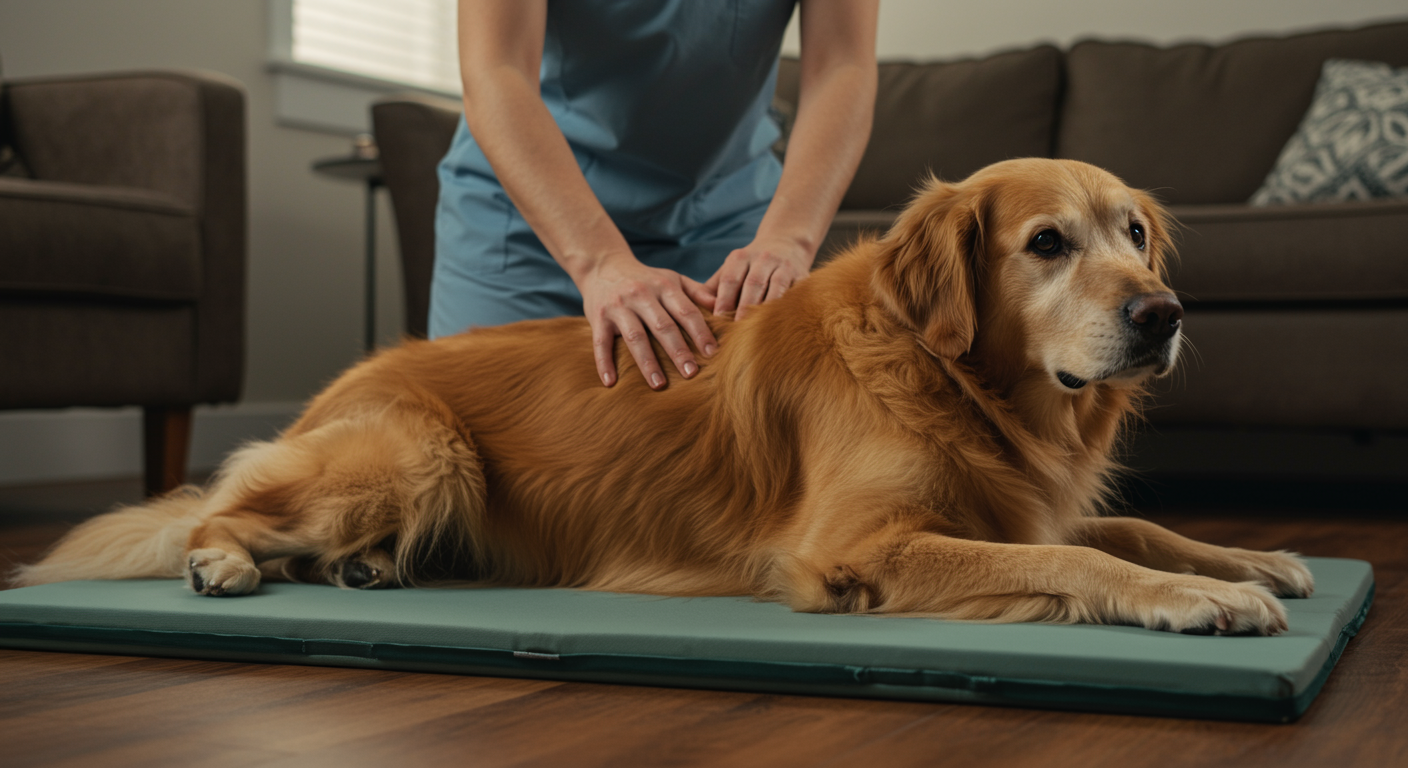
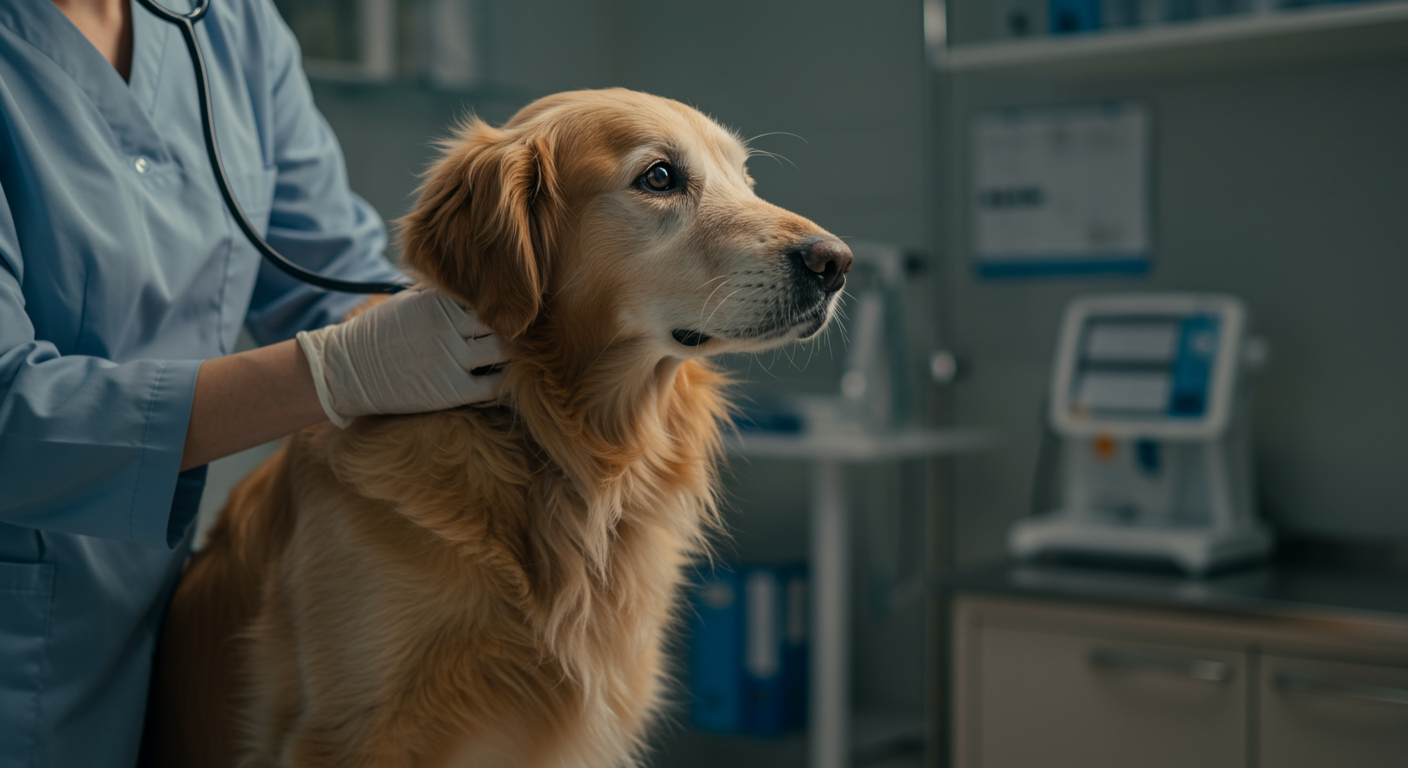
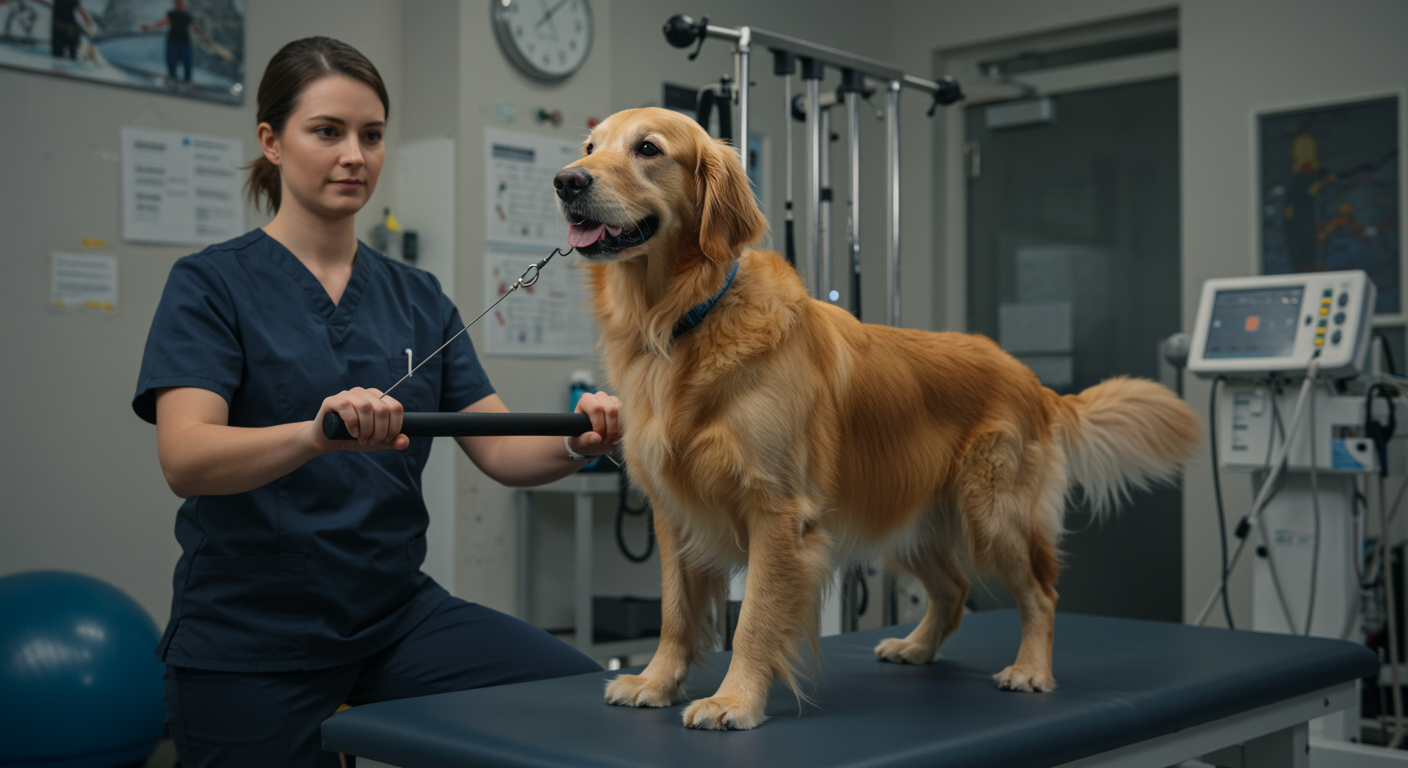
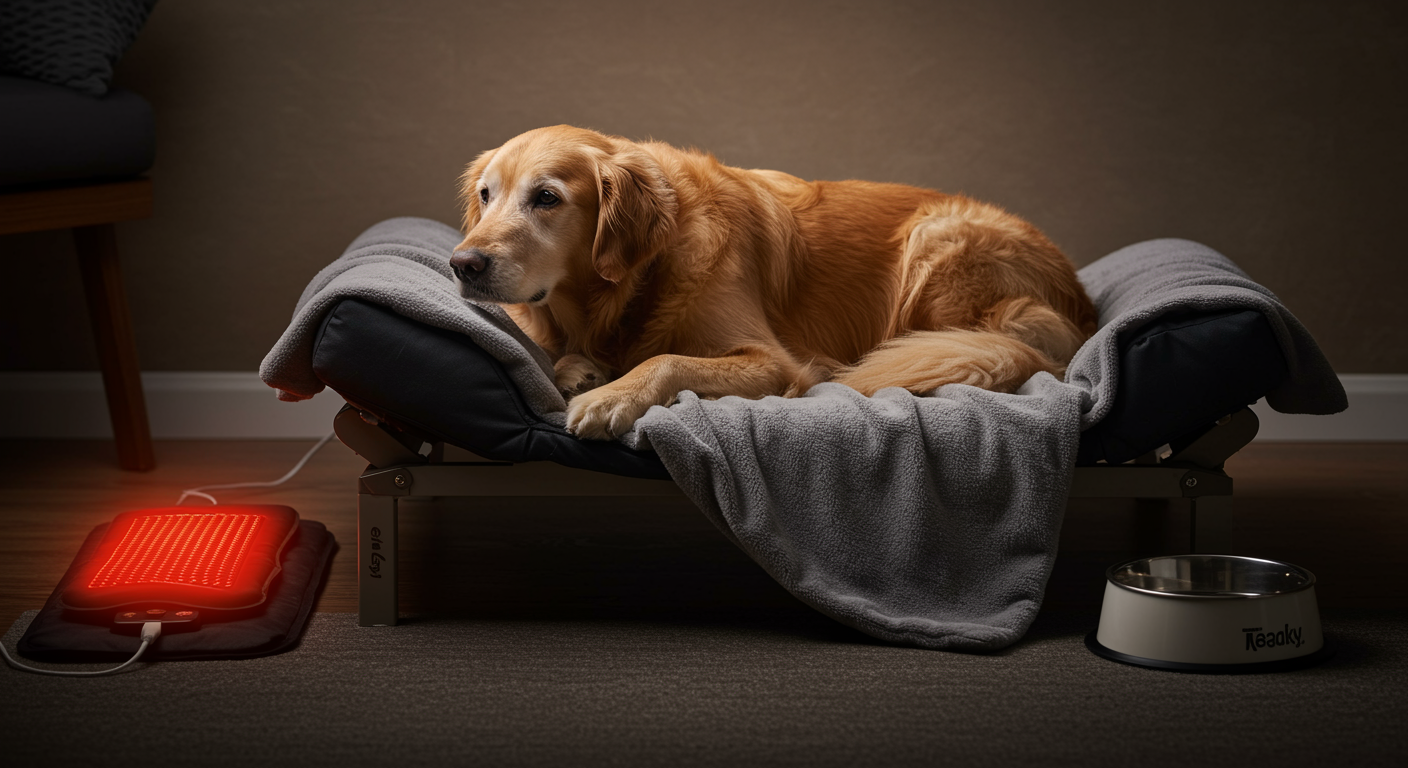
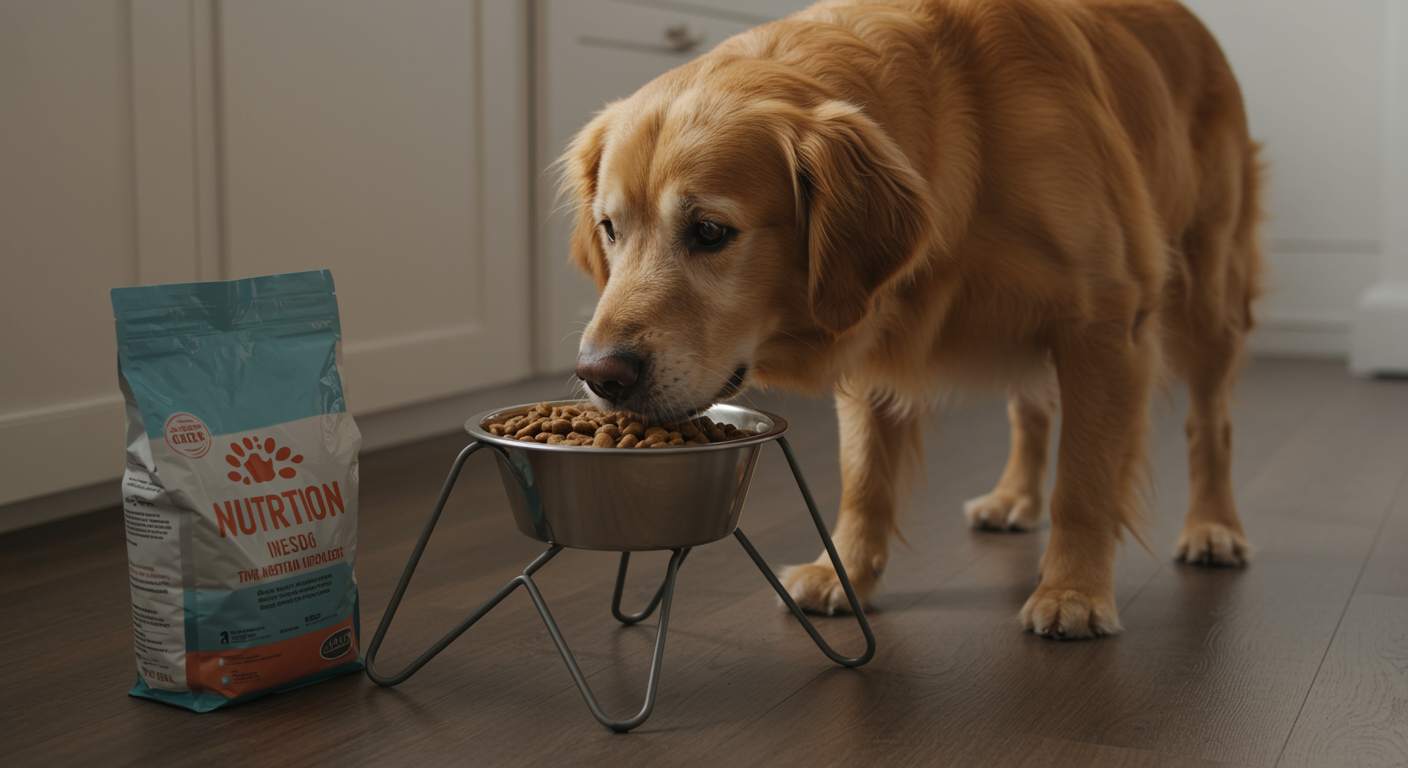
4 thoughts on “Therapeutic Massage for Senior Golden Retrievers: Basic Techniques”